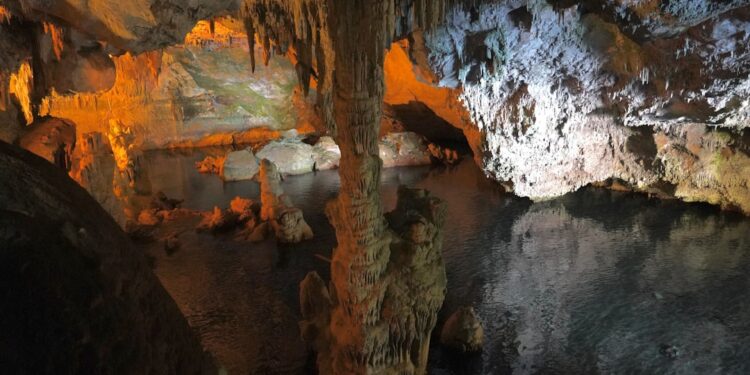What material was primarily used to make tools during the Stone Age?
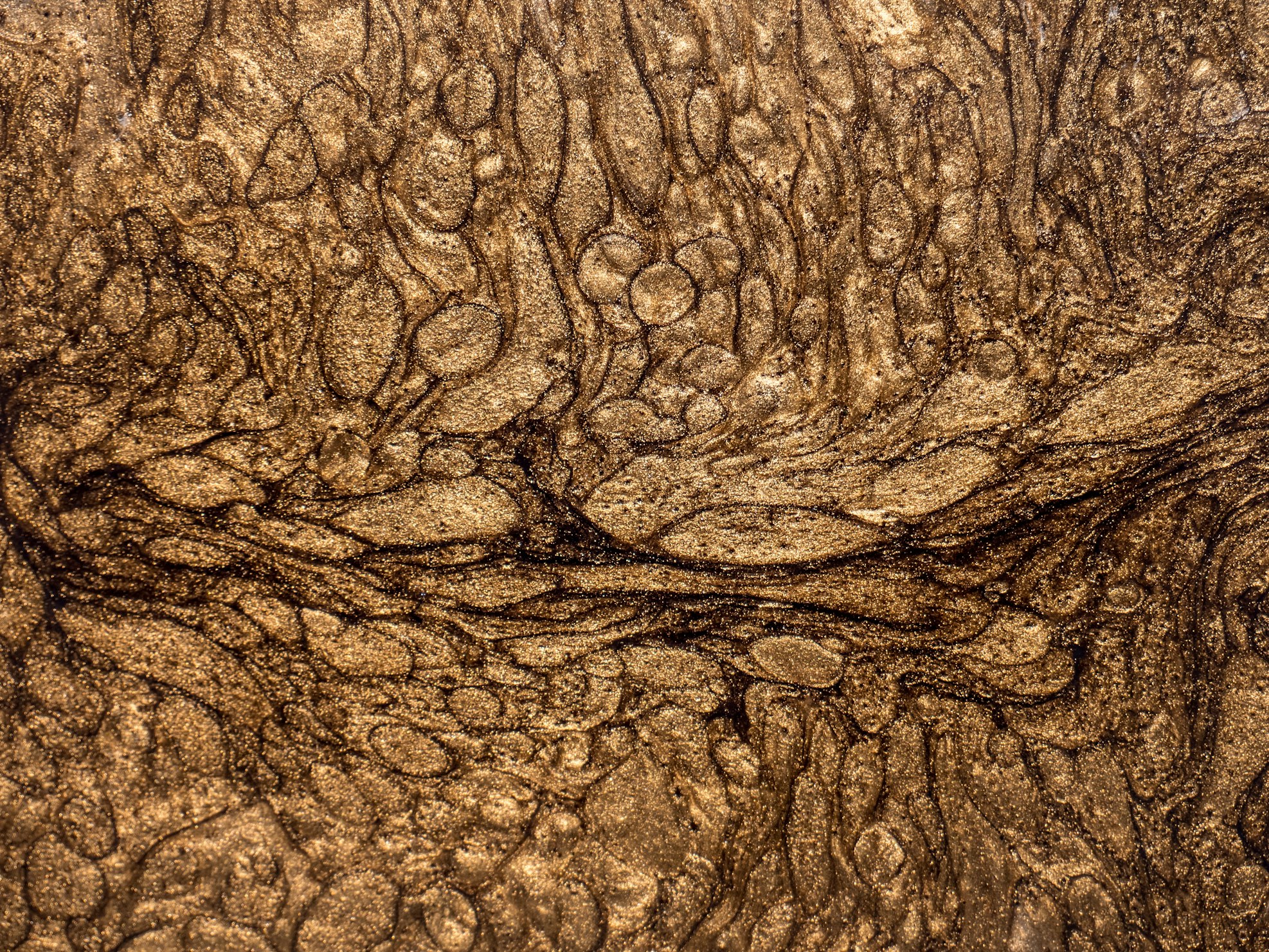
Bronze
Iron
Stone
Wood
Which period of the Stone Age is known for the development of agriculture?

Paleolithic
Mesolithic
Neolithic
Bronze Age
What type of housing did people during the Stone Age typically live in?

Tents
Caves
Igloos
Tree houses
What method did Stone Age people use to hunt large animals?

Domesticated animals
Traps and pitfalls
Firearms
Fishing nets
How did Stone Age people create fire?

Flint and steel
Matches
Friction using sticks
Lighters
What is a significant art form found from the Stone Age?

Oil painting
Sculpture
Cave paintings
Digital art
Which of the following was a major technological advancement during the Stone Age?

The wheel
The plow
The spear thrower
The printing press
Which Stone Age period is characterized by the use of small blade tools and the beginning of fishing?

Paleolithic
Mesolithic
Neolithic
Iron Age
What is one of the main reasons why the Neolithic Revolution is considered a turning point in human history?

Invention of the wheel
Start of agriculture
Use of metal tools
Discovery of electricity
Which of these is considered evidence of trade during the Stone Age?

Coins
Bartered goods like shells
Credit cards
Written contracts
What was the primary diet of Stone Age humans?

Plant-based foods
Mixed hunter-gatherer
Seafood predominantly
Meat-only diet
What tool is considered one of the earliest known to humans from the Stone Age?
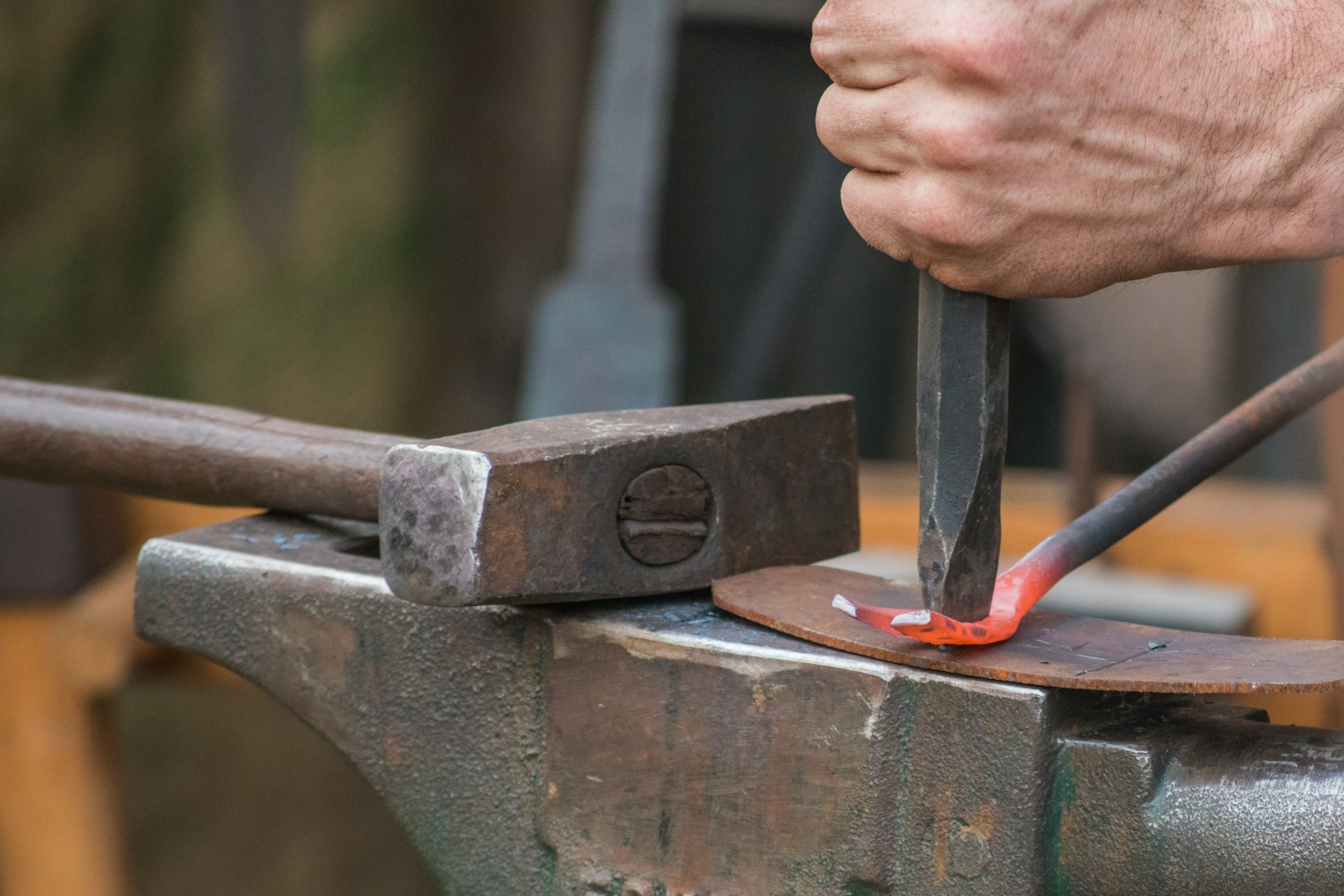
The hand axe
The screwdriver
The saw
The chisel
Which Stone Age site is known for its well-preserved Neolithic village?

Stonehenge
Lascaux
Skara Brae
Göbekli Tepe
What method did Stone Age people use to hunt large animals?

Domesticated animals
Traps and pitfalls
Firearms
Fishing nets
Which of these materials was also used by Stone Age people for making tools besides stone?

Gold
Bone
Aluminum
Plastic
What was a common use of fire by Stone Age humans besides cooking?

Metal forging
Creating pottery
Lighting homes
Social gatherings and ritual
Which factor contributed to the transition from the Paleolithic to the Neolithic age?
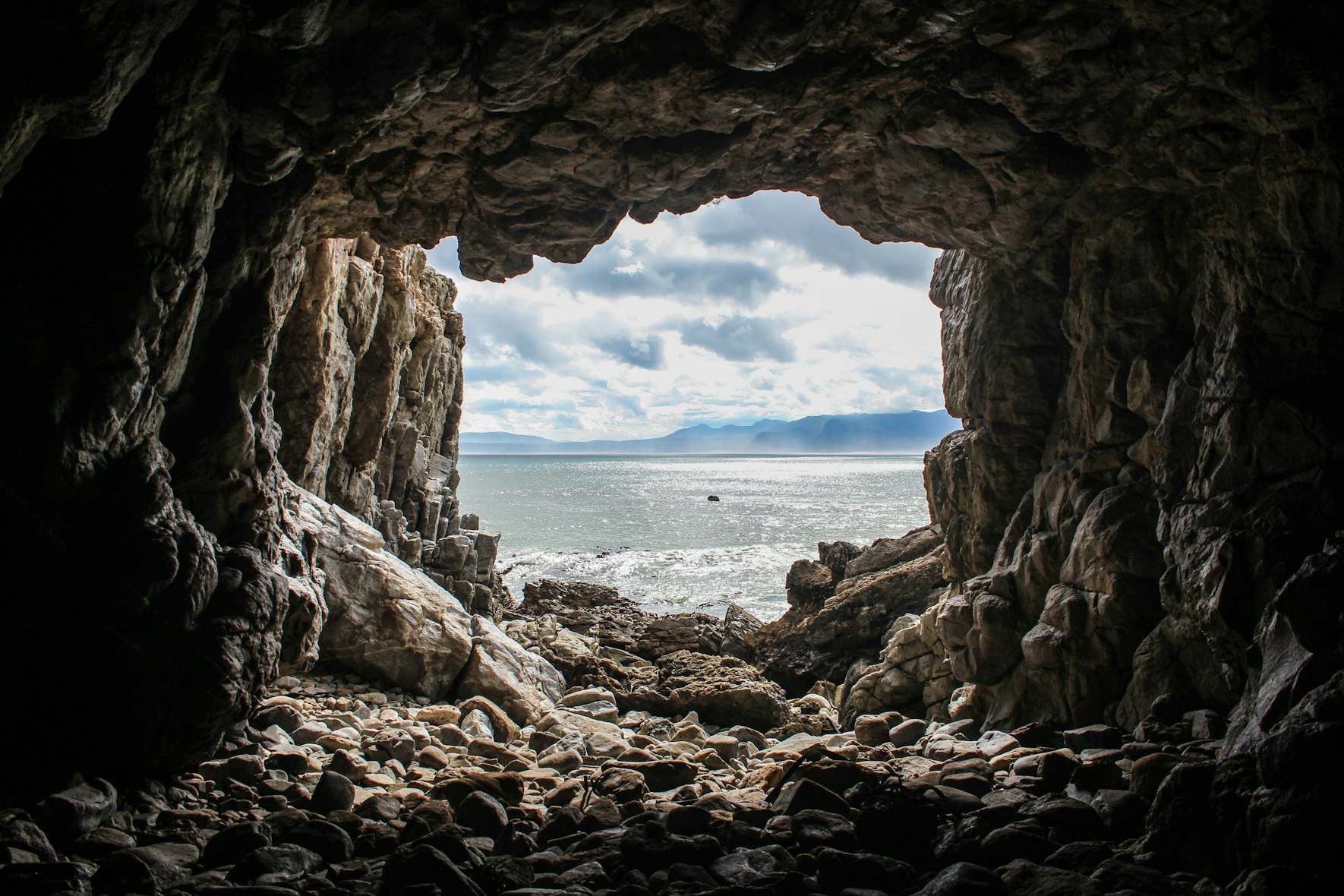
Development of writing
Domestication of animals and plants
Invention of the wheel
Discovery of iron
How did Stone Age people typically pass down knowledge and traditions?

Written records
Oral storytelling
Sign language
What significant cultural development occurred during the Upper Paleolithic period?
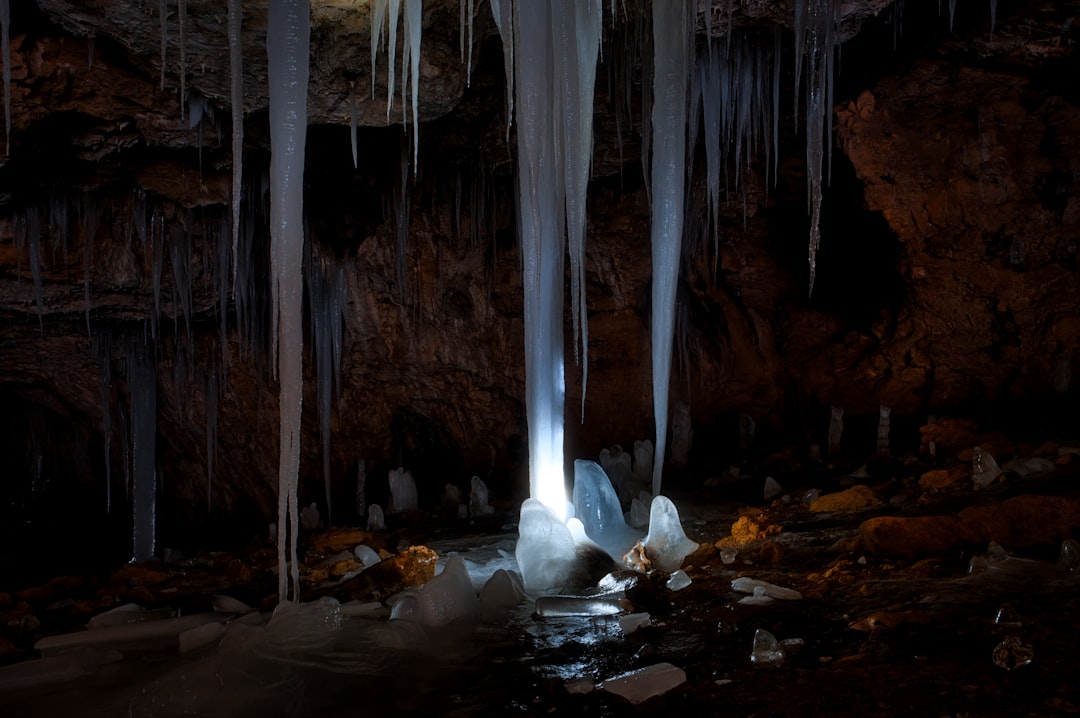
Invention of agriculture
Development of complex language
Formation of large cities
Creation of detailed cave paintings
What type of climate change impacted Stone Age populations?
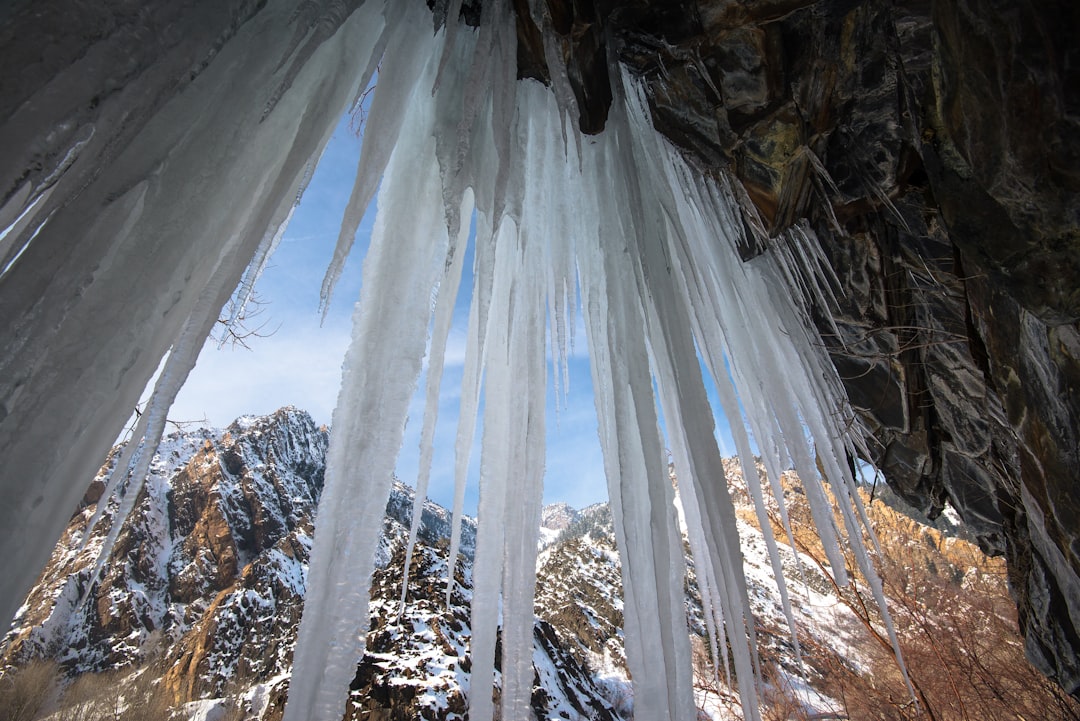
Global warming
Ice ages
Frequent hurricanes
Increased volcanic activity

Stone Age Novice
You might find it tough to survive the Ice Age, but there’s always room to evolve!

Stone Age Survivor
You’ve mastered the basics and could hold your own with a hand axe or spear!

Stone Age Expert
Your knowledge is as sharp as a flint blade! You’re ready to lead the tribe!

